The lead up to a system’s launch has always attracted the hysterics. It’s a tradition that embodies a gaming industry that rests comfortably on dollar signs that reach in the billions. There are the multi-million dollar ads that paint the walls of metropolitan subway stations with lettered enticements and the sheer number of television commercials that take videogame consumerism to ad nauseam heights. In the end however, it’s all in the game. These companies understand the importance of looking their best from the jump, but in Microsoft’s case, it hasn’t been easy.
A controversial attempt at innovation through efforts to protect its licenses through restrictions was met with hisses and boos by the louder majority. Plans were changed, goals shifted and in the end the company had to succumb to voices that screamed for the freedom to trade and play without boundaries. This new frame of thinking, with an emphasis on games rather than the DRM (digital rights management) inspired features that shaped its identity, was ever present at an Xbox One launch event which took place in Toronto’s downtown core.
The immediate focus was clear as demo stations occupied every corner of the newly designated hotspot for all things Xbox One at 11 Bloor Street West. Labels with the words Ryse, Dead Rising 3, Forza 5, Call of Duty: Ghosts, Killer Instinct and Battlefield 4 were also on full display next to their visual counterparts – the first representations of the next generation.
The difference in sights was a reminder that with new hardware comes fewer limitations and that was made clear through the varied number of games that were on display. It’s a benefit Forza Motorsport 5’s own content director, John Wendel, paid special credence to in Xbox One’s ability to achieve a 1080p aesthetic standard in addition to a smooth frame rate for its long running flagship racing simulation.
“The box is more powerful so we’re able to do things like 1080p at 60 frames per second, but the hardest part about being a launch title is that we were making the game at the same time they were making the hardware. So in many ways it’s like trying to build a house on quicksand, all your assumptions are always changing.”
Its words like this that highlights the importance of having a sound design plan when going into a new generation. While you can have always have improvements in technology, which goes with time, a system such as the Xbox One still has to stand in the shadow of its arguably more powerful opponent in the PS4. Ryse, with all its visual fidelity and stunningly real facial animations, still stuttered at certain points to maintain its aesthetic standard, while third party titles such as Call of Duty Ghosts had been noticeably downgraded in resolution to uphold a sense of smoothness for the Xbox One.
Despite the technical shortcomings, the system’s most glaring strength was in Microsoft’s varied selection of games that could only be found on the Xbox One. Dead Rising 3 was one such example, which Capcom curiously chose to create solely for the next gen system.
“Let’s just say Microsoft approached us and made us an offer we couldn’t refuse,” said an amused Johnny Oh, game designer for Dead Rising 3 in regards to the exclusivity decision. His words danced along the lines of speculation, rather than fact, due to his position, but it didn’t take away from the impressive showcase in watching him play the game. Mowing down hundreds of zombies seemingly had no negative effects with minimal visual slowdown. It was a testament to the newly offered power benefit. “There’s no more loads, you can go from one end of the city to the other, and the only load screens that you’ll see is at the beginning of the game. The fact that its open world and we are able to fit so many zombies in this game is just incredible.”
The box is more powerful so we’re able to do things like 1080p at 60 frames per second, but the hardest part about being a launch title is that we were making the game at the same time they were making the hardware. – John Wendel
Among all the technical feats and digitized glory that took place on a Tuesday night, a lot about the system was still left in the dark, details which have since been revealed. MS’s intense focus on the overall entertainment experience, the inclusion of the Kinect in unison with various apps such as Netflix, and the functionality that comes with sharing features that aim to connect gamers to others. These strengths, however, still have to contend with the realities of a system that’s uncharacteristically large for a console of the future, a weaker hardware spec on paper and a $100 dollar price difference.
Since its launch on November 22, it has proven itself as an early success financially, but only time will tell if the Xbox One will grow into the features that Microsoft touts as the future of the living room. Regardless of that possibility, in the end, it’s the games that will forever remain of the most importance in this console war.
Words By. Noel Ransome + Photos By. Isa Ransome

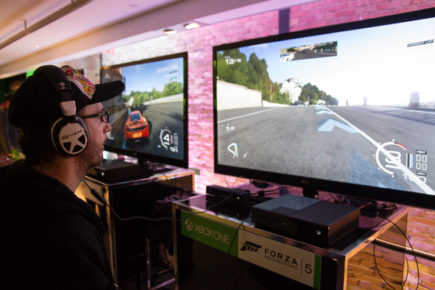
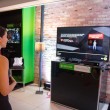




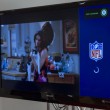

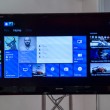

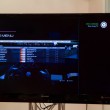
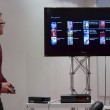


Comments are closed.